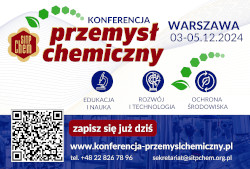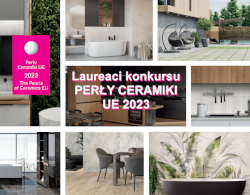Open Access (Artykuł w pliku PDF)
New residential architecture. Application of concrete in a modern house
dr hab. inż. arch. Karolina Tulkowska-Słyk, Politechnika Warszawska; Wydział Architektury
ORCID: 0000-0001-7336-9499
Adres do korespondencji: Ten adres pocztowy jest chroniony przed spamowaniem. Aby go zobaczyć, konieczne jest włączenie w przeglądarce obsługi JavaScript.
DOI: 10.15199/33.2022.09.01
Artykuł przeglądowy
Streszczenie. Współczesne mieszkanie ukształtowały pojęcia i standardy wypracowane na początku XX w. wprowadzające do istniejącego systemu nowe wartości, jak funkcjonalizm czy innowacyjna typologia układów. Użycie betonu, standaryzacja i prefabrykacja usprawniają proces realizacji. W artykule zaprezentowano rozwiązania projektowe, w których użycie betonu uzasadnione jest względami użytkowymi, estetycznymi i środowiskowymi.
Słowa kluczowe: mieszkanie; innowacja; zabudowa mieszkaniowa; wspólnota; beton.
Abstract. Contemporary dwelling was shaped by the concepts and standards developed at the beginning of the 20th century, introducing new values into the existing system, such as functionalism or innovative typology of layouts. The use of concrete, standardization and prefabrication improve the implementation process. In this article we look at design solutions where the use of concrete is justified for functional, aesthetic and environmental reasons.
Keywords: dwelling; innovation; housing; community; concrete.
Literatura
[1] Norberg-Schulz Ch. Bycie, przestrzeń, architektura. Warszawa 2000, s. 30.
[2] Jahren P, Sui T. Concrete and Sustainability. CRC Press, 2013, s. xi.
[3] Gropius W. The New Architecture and The Bauhaus, Faber and Faber, Londyn 1935.
[4] Giedion S., Befreites Wohnen Licht, Luft, Öffnung, Füssli 1929, s. 5.
[5] Mumford EP. The CIAM Discourse on Urbanism, 1928-1960, MIT Press 2002, s. 37.
[6] Das Neue Frankfurt, kwiecień-maj 1930, zeszyt 4-5, s. 78-132.
[7] Gasparski W. Społeczeństwo projektujące. Szansa czy utopia. Prakseologia. 1984; 2(80): 137.
[8] Mumford EP. The CIAM Discourse on Urbanism, 1928-1960, MIT Press, 2002, s. 48.
[9] Jahren P, Sui T. Concrete and Sustainability, CRC Press 2013, s. 191.
[10] Colangelo F, Cioffi R, Farina I. Handbook of Sustainable Concrete and Industrial Waste Management: Recycled andArtificialAggregate, Innovative Eco-friendly Binders, and Life Cycle Assessment,Woodhead Publishing 2021, s. 475.
Przyjęto do druku: 29.08.2022 r.
Materiały Budowlane 09/2022, strona 2-7 (spis treści >>)





























